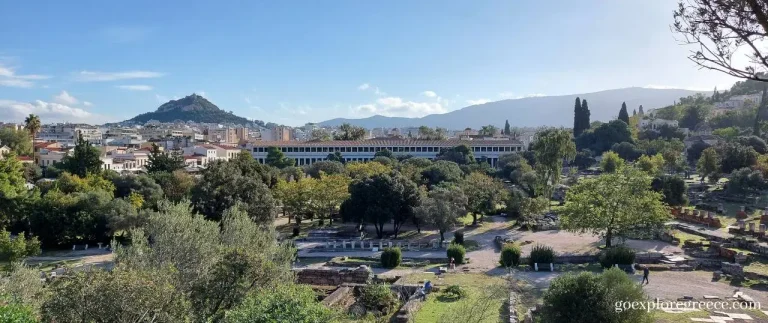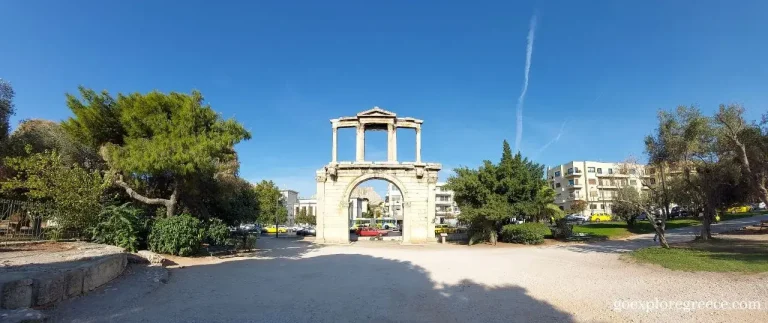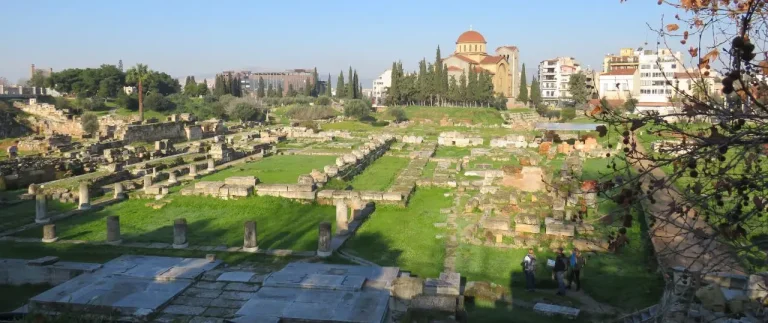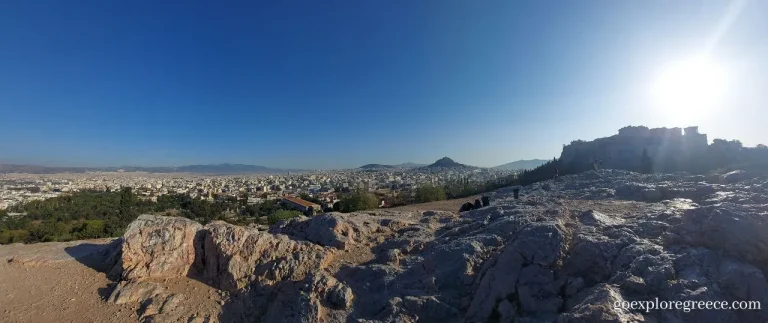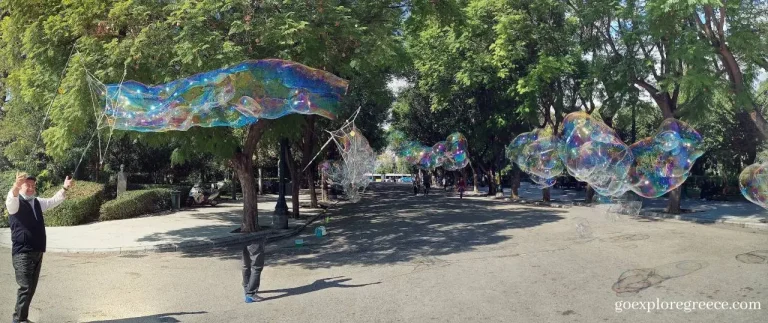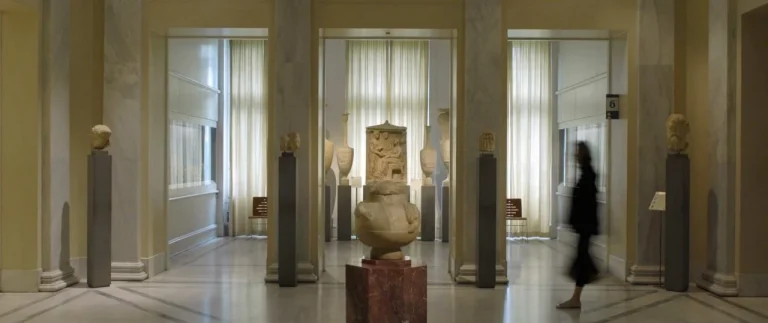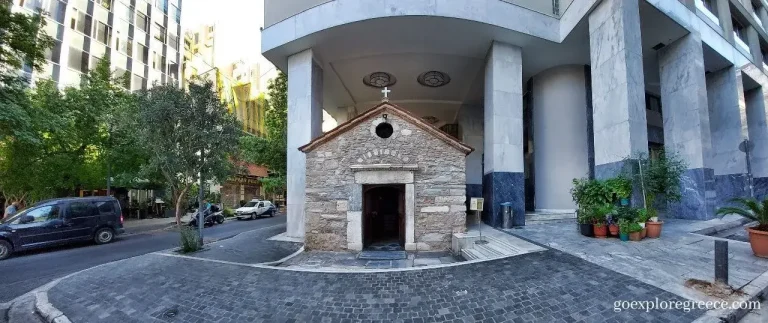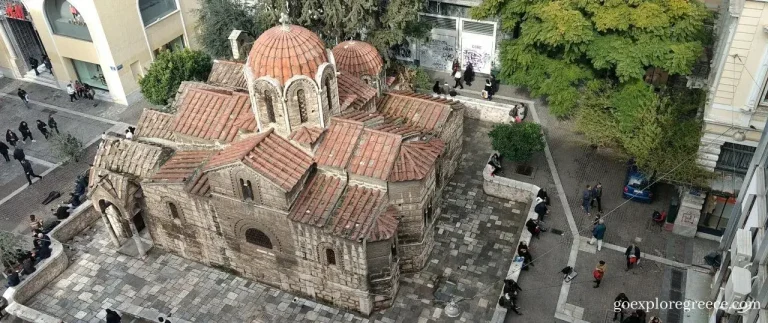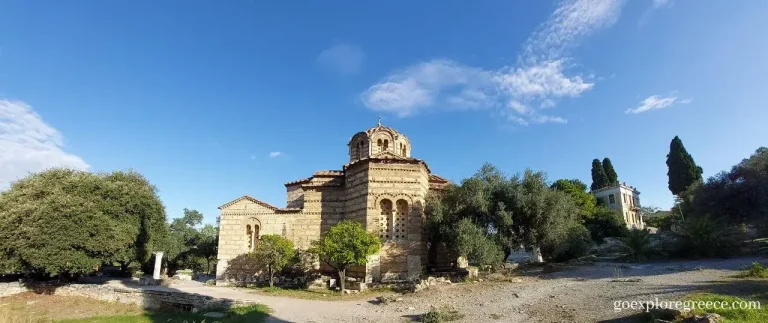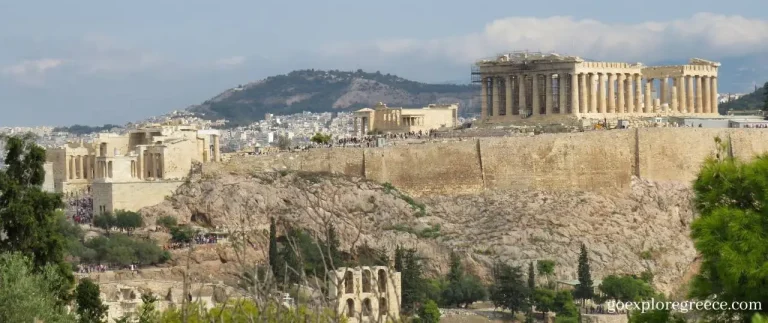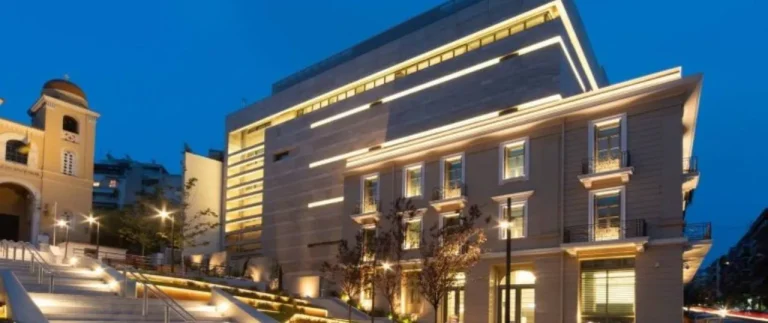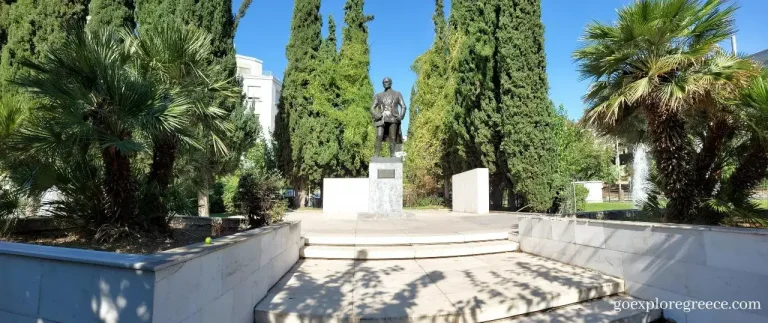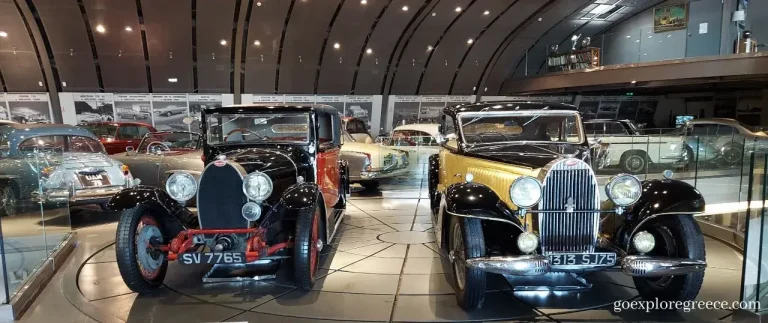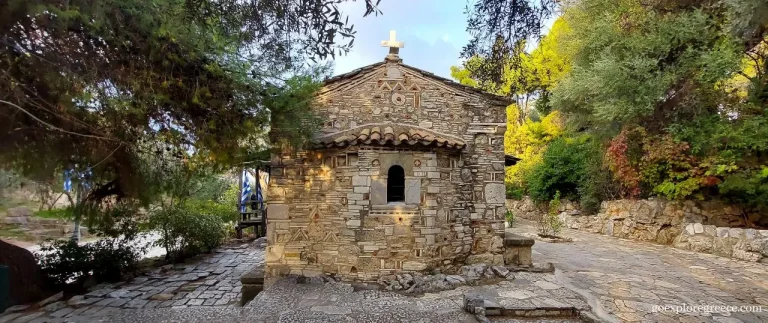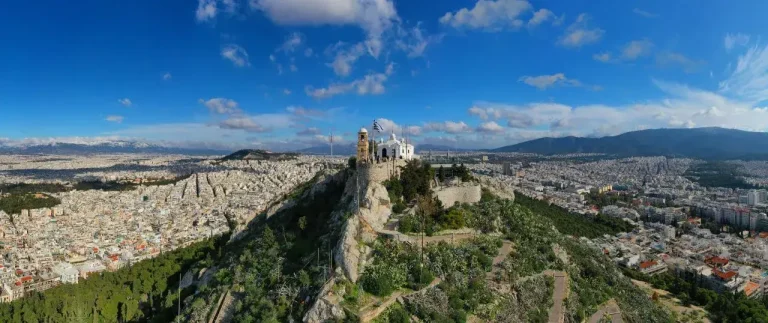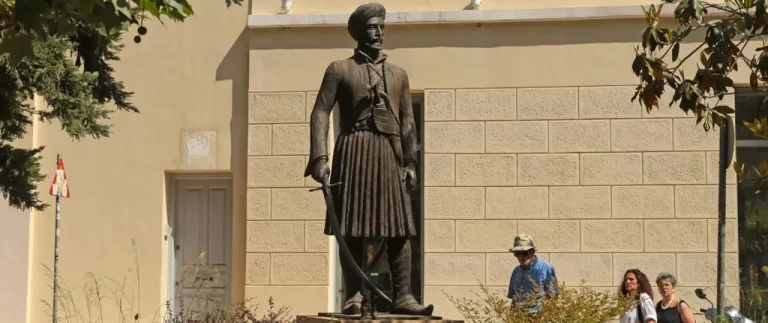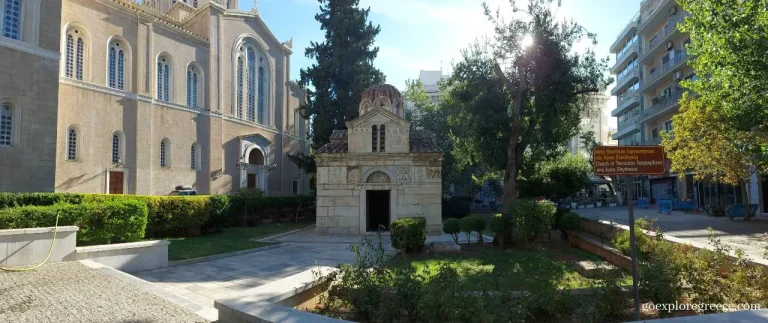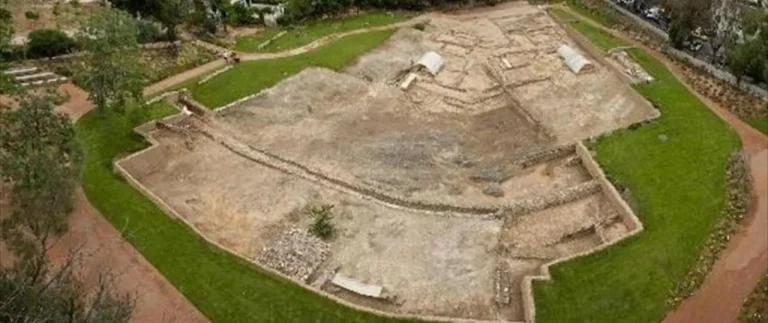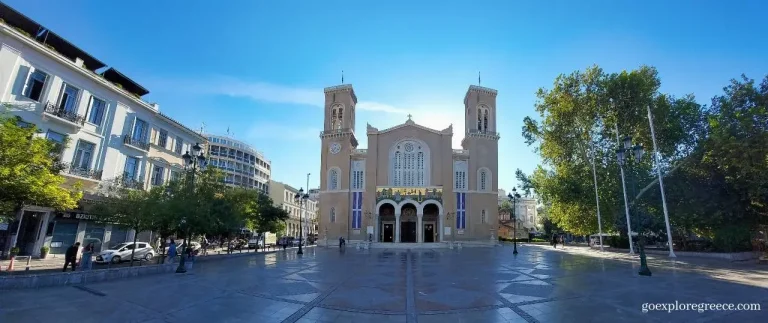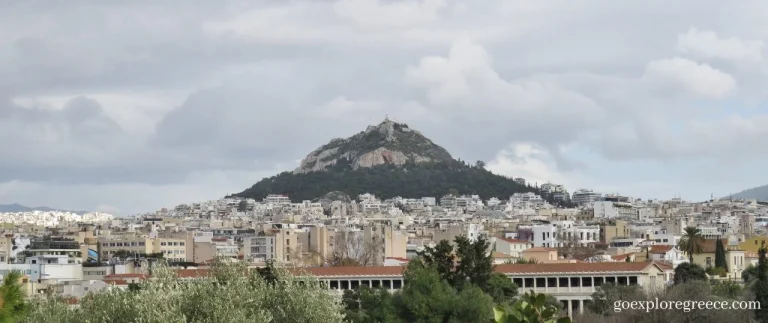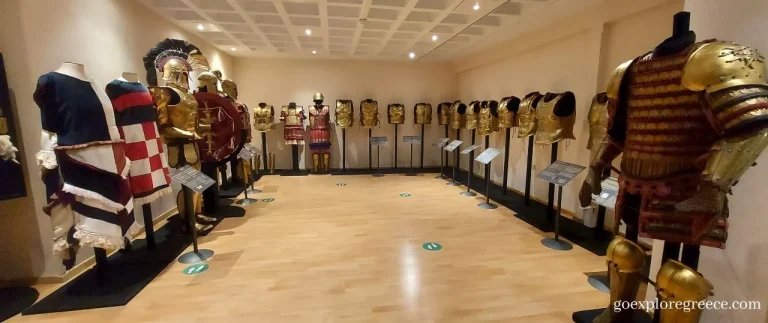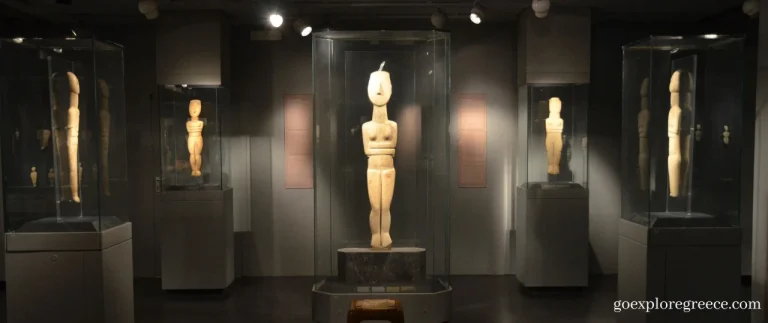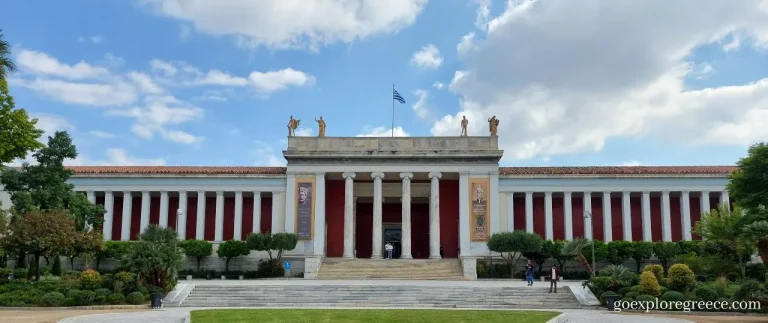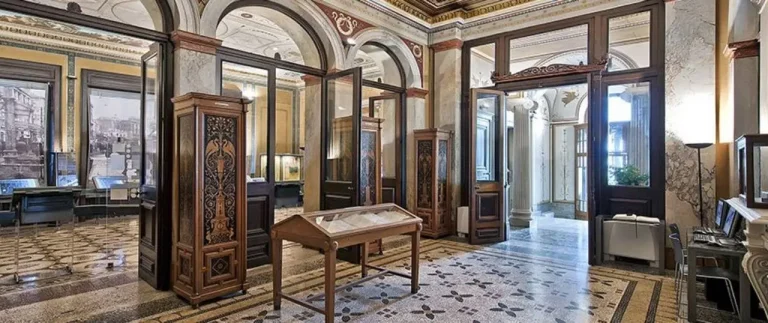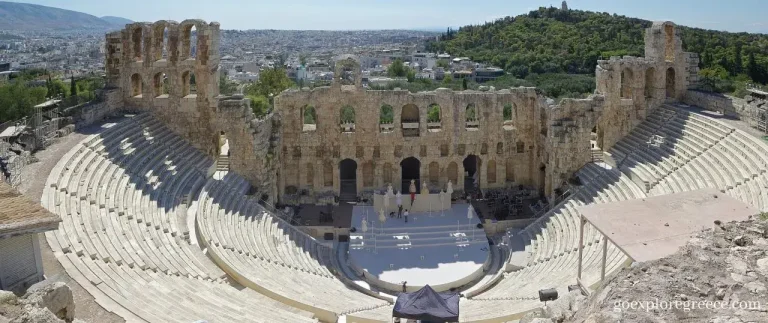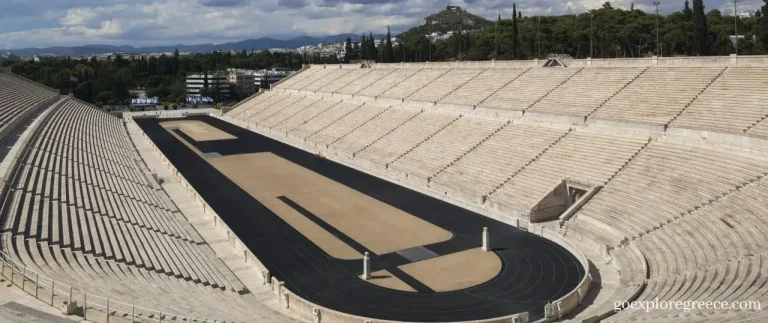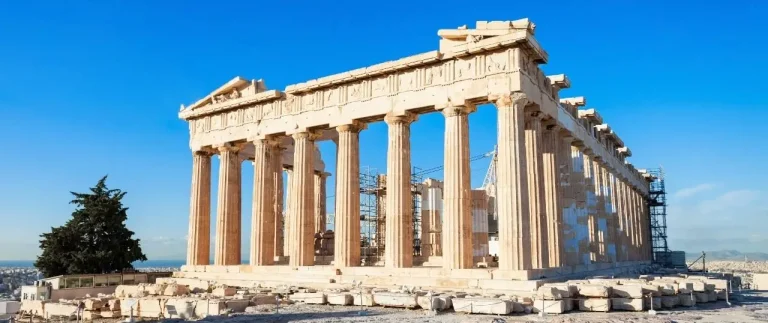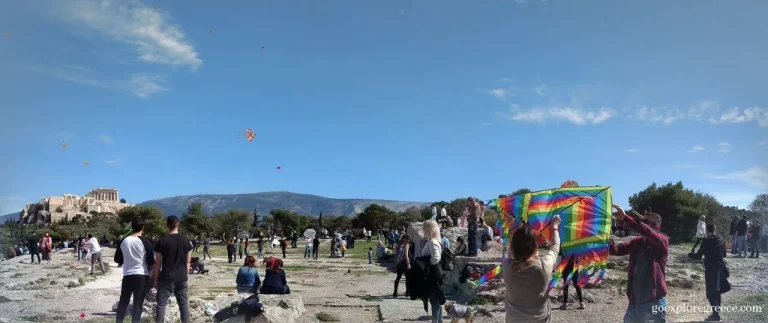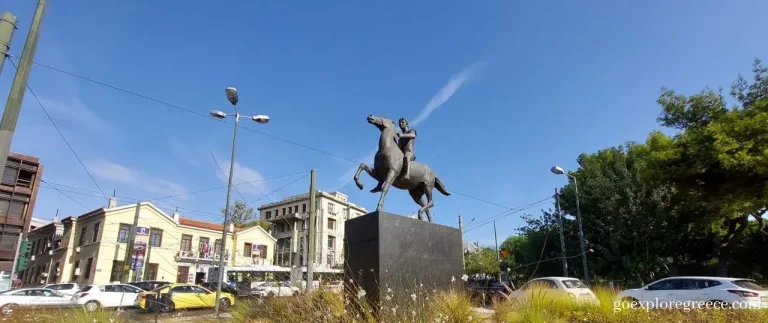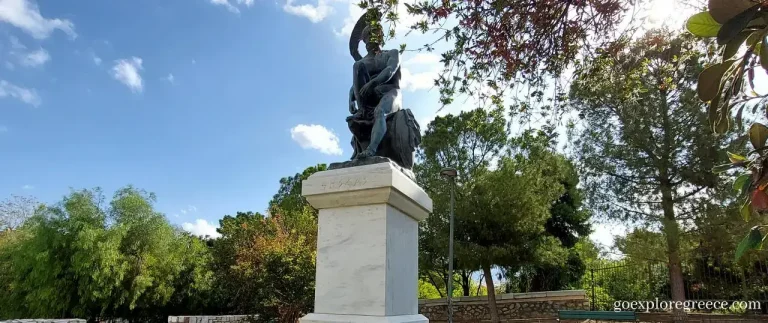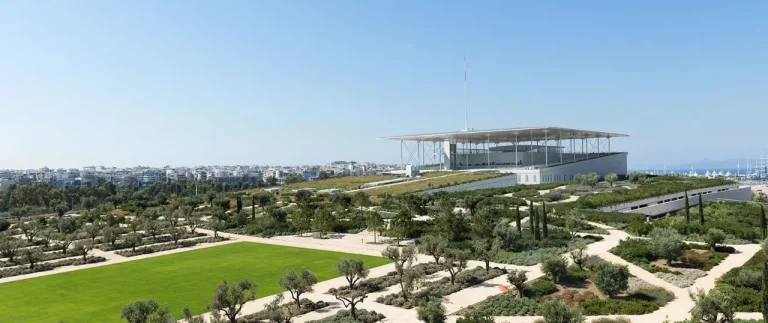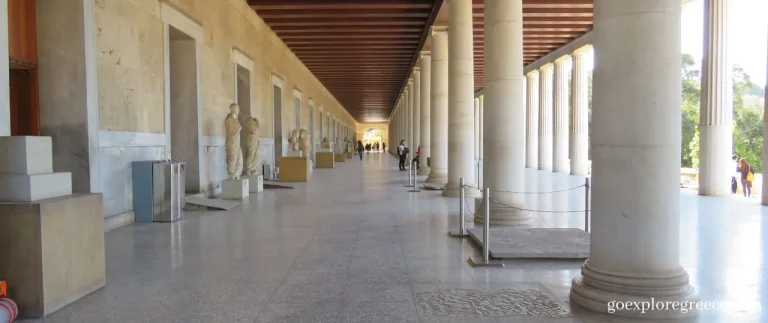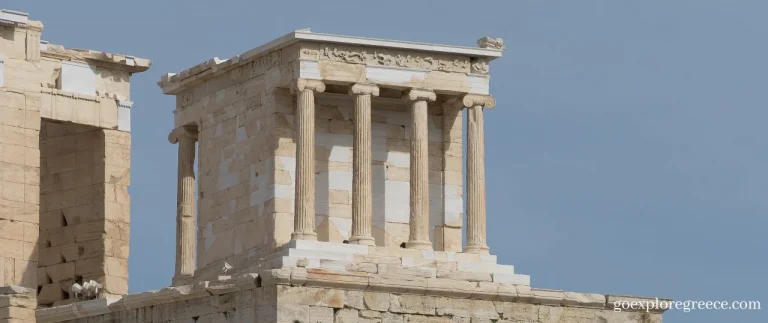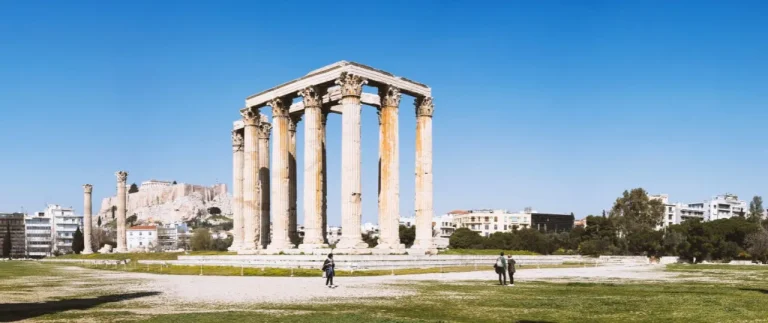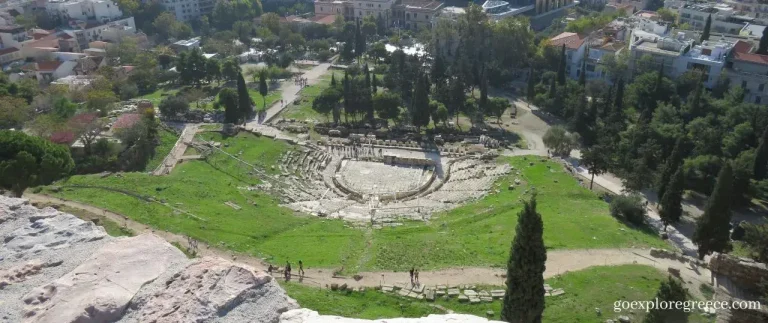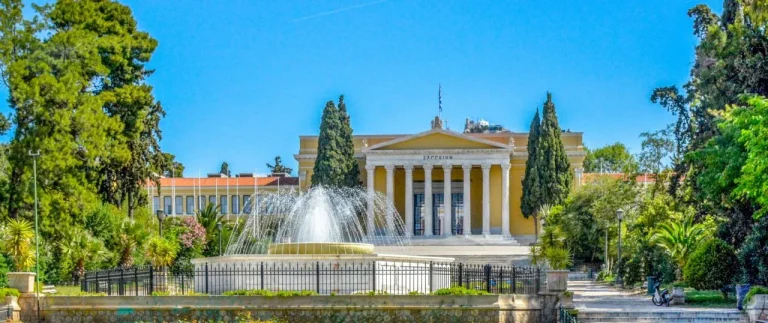Things to do in Athens
Home > Things to do in Athens
Things to do in Athens
Welcome to my travel guide on the best things to do in Athens. For over 20 years, I’ve been exploring Greece, developing a deep love and appreciation for its rich history, vibrant culture, and warm hospitality. I’ve personally visited, researched, and rated all the top attractions in the city, gathering essential information to help you make the most of your trip. With my comprehensive travel guide to Athens you’ll also find the best choice of entry tickets and tours.
Read more...
Athens, the cradle of Western civilisation, offers a myriad of unique experiences for every traveller. With its rich history, stunning architecture, and vibrant culture, there’s no shortage of must-see attractions. Let me share with you some of the top things to do in Athens.
No visit to Athens would be complete without exploring the Acropolis of Athens, home to the iconic Parthenon, Temple of Athena Nike, and the Erechtheion. This ancient citadel, perched atop a rocky outcrop, offers breathtaking views of the city and is a true testament to the architectural prowess of the ancient Greeks. While at the Acropolis, don’t miss the Odeon of Herodes Atticus, an ancient theatre that still hosts performances today.
The Temple of Olympian Zeus and the Arch of Hadrian are other ancient sites in Athens that you shouldn’t miss. Marvel at the colossal temple dedicated to Zeus, and take a stroll through the nearby Arch of Hadrian, which once marked the boundary between ancient Athens and the Roman city.
Sports enthusiasts will appreciate a visit to the Panathenaic Stadium, the site of the first modern Olympic Games in 1896. It’s a must-do in Athens for anyone interested in the history of sports.
Museums in Athens offer a fascinating glimpse into the past. The Acropolis Museum houses an impressive collection of artefacts from the Acropolis of Athens, while the National Archaeological Museum boasts treasures from all over Greece. Other noteworthy museums include the Benaki Museum, the Hellenic Motor Museum, and the Museum of Ancient Greek Technology.
For a taste of Byzantine architecture, visit the churches in Athens such as the Church of the Holy Apostles Athens, Church of Panagia Kapnikarea, and the Metropolitan Cathedral of Athens. These religious landmarks showcase stunning frescoes, intricate mosaics, and unique architectural styles.
Take a break from sightseeing and relax in the beautiful gardens and parks in Athens. The Athens National Garden and Zappeion Garden offer lush green spaces for leisurely strolls or picnics, while the hills in Athens, such as Pnyx, Areopagus, and Filopappou Hill, provide panoramic views of the city.
Best of all, there are plenty of free things to do in Athens. Many ancient sites, museums, and gardens can be enjoyed without spending a penny, making Athens an affordable destination for all travellers.
For a truly unique experience, consider attending a performance at the Odeon of Herodes Atticus. This ancient theatre hosts concerts, plays, and even ballets under the starry Athenian sky during summer. You’ll be mesmerised by the combination of world-class performances and the incredible backdrop of the illuminated Acropolis.
When it comes to capturing the perfect Instagram shot, Athens has no shortage of picturesque locations. The winding streets of Plaka, the vibrant neighbourhood of Monastiraki, and the colourful street art in Psiri are all must-sees in Athens for photography enthusiasts. Don’t forget to snap a photo at the top of Mount Lycabettus, which offers a stunning 360-degree view of the city.
If you’re a foodie, indulge in mouthwatering Greek cuisine at one of Athens’ bustling markets, tavernas, or street food stalls. From traditional souvlaki and gyros to fresh seafood and delicious meze, the city’s culinary offerings will leave you craving more.
For those interested in shopping, Athens boasts a variety of options, from high-end boutiques and designer stores to local artisan shops and bustling flea markets. Whether you’re searching for souvenirs, fashion, or unique handmade crafts, Athens has something to offer for every taste and budget.
At the end of a busy day, unwind at one of Athens’ rooftop bars, where you can enjoy a refreshing cocktail while taking in the breathtaking views of the illuminated Acropolis and the city’s vibrant skyline. This is the perfect way to relax and truly appreciate Athens’s unique beauty and charm.
Finally, don’t forget to explore Athens’ vibrant nightlife. From lively clubs and bars to traditional Greek music venues, the city offers a diverse range of nighttime entertainment options that cater to all preferences. Dance the night away or enjoy an authentic Greek night out with live music and dancing – the choice is yours.
Athens is a city that offers endless possibilities for exploration, entertainment, and adventure. From its ancient sites and world-class museums to its beautiful gardens, bustling markets, and lively nightlife, there’s something for everyone in this enchanting city. My personal experiences and insights will inspiredyou to visit and discover the best things to do in Athens for yourself. So pack your bags, and get ready to create unforgettable memories in this incredible destination. Enjoy your Athenian adventure.
Additional Help
Popular Pages
Copyright © 2024 Go Explore Greece. All rights reserved, and served with a side of Feta. Yamas.



